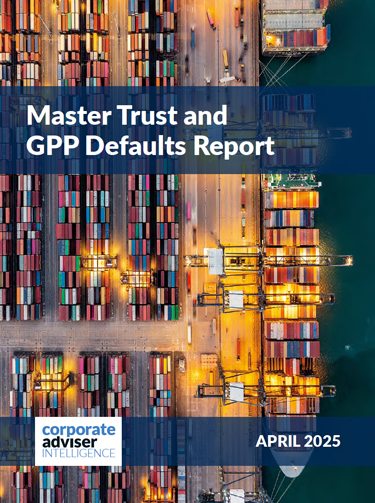The Pensions Regulator (TPR) has published new guidance to help defined benefit (DB) pension scheme trustees and employers understand and assess the full range of endgame options now available in the market.
As funding levels improve and new solutions enter the market, TPR says trustees should consider a broader set of strategies beyond the traditional insurance buyout. These include running the scheme on, transferring to a superfund, or joining a DB master trust.
The guidance outlines key structures such as insurance buyouts, DB master trusts, superfunds, and run-on strategies. It aims to support informed decision-making by highlighting critical factors to consider, such as governance, risk, and employer covenant strength, and includes case studies and example questions for trustees to ask providers.
The update follows industry feedback, with changes made to clarify how certain models operate, including surplus management and trustee board structures. It comes ahead of government legislation that will make it easier to release surplus funds from well-funded schemes.
TPR says the guidance is designed to help schemes keep pace with innovation and evolving regulation, and it will continue to update it as the DB landscape develops.
The Pensions Regulator’s (TPR) interim director of policy and public affairs Patrick Coyne says: “Ongoing market innovation has led to a wider range of financial, governance, and insurance options. Each have their own pros and cons. Not every option will be right, or even available, for every scheme. Trustees need to really think about the specific circumstances of their scheme and their members.
“While the path to buy-out is well-trodden, running on – and potentially releasing surplus – is a new consideration for many DB schemes. And for those schemes with scale and high governance standards, that have the right combination of employer covenant strength and funding level, it could be an option to consider.
“Surplus release won’t be right for everyone. Nonetheless it is right that well-run, well-governed and, crucially, well-funded schemes can consider releasing surplus, should they wish. And it’s right that our latest guidance goes into more depth to support trustees in considering the range of options.”
Arc Pensions Law technical director Ian Wright says: “TPR’s new guidance recognises that increasing market innovation has broadened the range of options available for schemes’ endgame planning.
“While there is nothing radical here, it sees that recent Government announcements around potential surplus release may affect the way all parties approach endgame planning, although at this stage the Regulator is, in effect, reserving its position pending the necessary legal changes. However, there is a clear recognition that the pensions landscape is still shifting, and that its regulatory approach will need to evolve accordingly to keep pace.
“Trustees and employers should find the latest guidance helpful in approaching the new obligation to develop long term journey plans, but frankly the detailed legislation around surplus will be key to understanding how to move forwards. Everyone can now feel understandably slightly betwixt and between.”
Hymans Robertson head of DB scheme actuary services Laura McLaren says: “We welcome TPR’s latest guidance to support trustees and sponsors in considering the growing range of endgame options. The landscape is changing quickly, and this underscores the sheer breadth of issues to think about. Indeed, as this round-up of factors and case studies show, there is no one-size-fits all answer, and it is important that scheme and sponsor specific circumstances are robustly considered. Schemes should spend time carefully working through the range of options with an open mind.
“Landing closely behind last week’s DB options consultation response, and ahead of the hotly anticipated Pension Schemes Bill, the guidance looks set to be the first in a series of instalments and reiterates the government’s desire for progress within this area. As the legislative landscape evolves, TPR will need to consult and publish more detailed guidance on the factors that trustees should take into account when deciding whether to utilise the new statutory override power and when designing a framework for ongoing surplus release.
“Although trustees have generally been positive about the growing surplus flexibility, clear guidance being shared to support decision making is seen as a critical piece of the puzzle. This is a helpful first step and hopefully signals TPR’s focus in supporting this evolving area at pace.”





